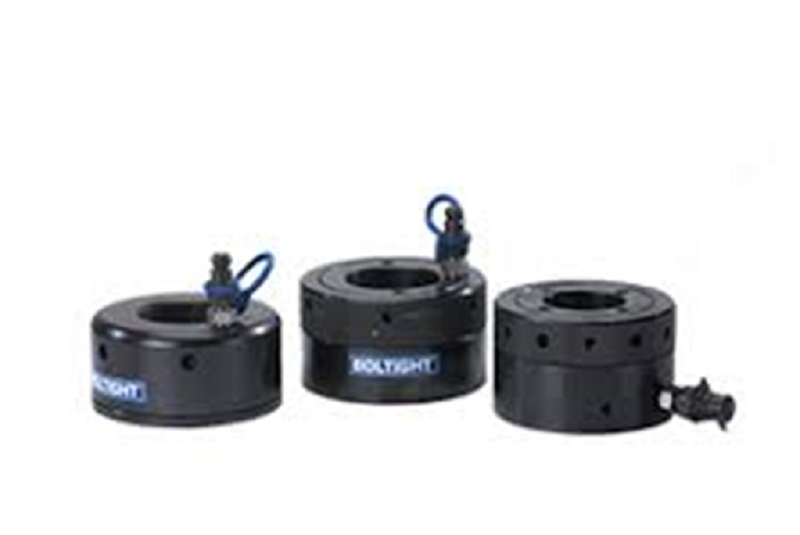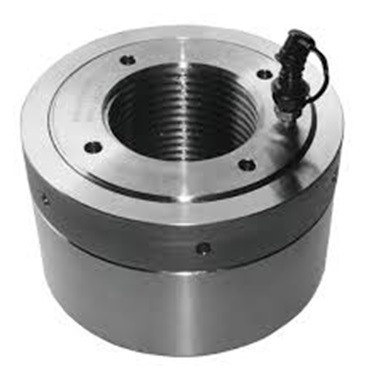A hydraulic nut, also known as a tensioner or hydraulic bolt tensioner, is a specialized tool used in various industries to apply and control tension in bolts and threaded fasteners. It is extensively utilized in heavy machinery, construction equipment, power plants, and other scenarios where proper bolt tension is crucial for safety and performance.

According to professionals in the hydraulic nut field, several key aspects are to be considered. The following are some of the most important aspects:
– Purpose:
Hydraulic nuts are designed to apply precise and uniform bolt tension levels consistently. They are critical in establishing secure and reliable connections between components by ensuring the appropriate clamping force.
– Operation:
Hydraulic nuts consist of a threaded cylinder with internal hydraulic mechanisms. They are installed on threaded bolts or studs and are typically tightened using hydraulic pressure. When hydraulic pressure is applied, the nut expands, exerting a controlled axial force on the bolt or stud.
– Benefits:
Hydraulic nuts offer several advantages over traditional wrench tightening methods. They enable accurate and consistent tensioning, reducing the risk of uneven loading and potential joint failure. Hydraulic nuts can also accommodate variations in bolt length and compensate for thermal expansion and contraction, thereby maintaining consistent tension under varying conditions.
– Varieties:
There are various types of hydraulic nuts available, including single-piston, multi-piston, and segmented designs. Each type possesses specific features and applications, allowing them to accommodate different bolt sizes, function in confined spaces, or handle high-pressure requirements.
– Safety:
Hydraulic nuts enhance safety during installation and maintenance procedures. They minimize the likelihood of accidents resulting from improper bolt tensioning, such as bolt loosening, joint leakage, or equipment failure due to inadequate clamping force.
– Maintenance:
It is better to have regular maintenance to ensure the optimal functioning of hydraulic nuts. This involves checking hydraulic connections, seals, and overall condition.

Adhering to manufacturer guidelines and recommended maintenance schedules is crucial for achieving peak performance and prolonging the nut’s lifespan.
In addition to these key aspects, there are common maintenance tasks typically performed on hydraulic nuts, including:
– Regular assessment:
Conduct routine inspections of hydraulic nuts to diagnose any signs of damage, wear, or leaks. Evaluate the condition of hydraulic connections, seals, and the overall integrity of the nut.
– Cleaning:
Clean hydraulic nuts by removing dirt, debris, and contaminants. Use a suitable cleaning solution to wipe the surfaces and ensure smooth operation.
– Lubrication:
Apply the recommended lubricant to the movable components of the hydraulic nut. Lubrication helps reduce friction, prevent excessive wear, and ensure smooth nut operation.
– Pressure testing:
Periodically perform pressure tests to verify the performance and reliability of the hydraulic nuts. This ensures they can generate the required tensioning force and maintain pressure without leaks.
– Seal replacement:
Promptly replace affected seals if any signs of leakage or seal damage are observed. Faulty seals can compromise the performance of the hydraulic nut and lead to fluid leakage.
– Calibration:
Consider calibrating the hydraulic nuts regularly, especially for critical applications. Calibration guarantees the accurate and consistent application of the intended tensioning force by the nut.




